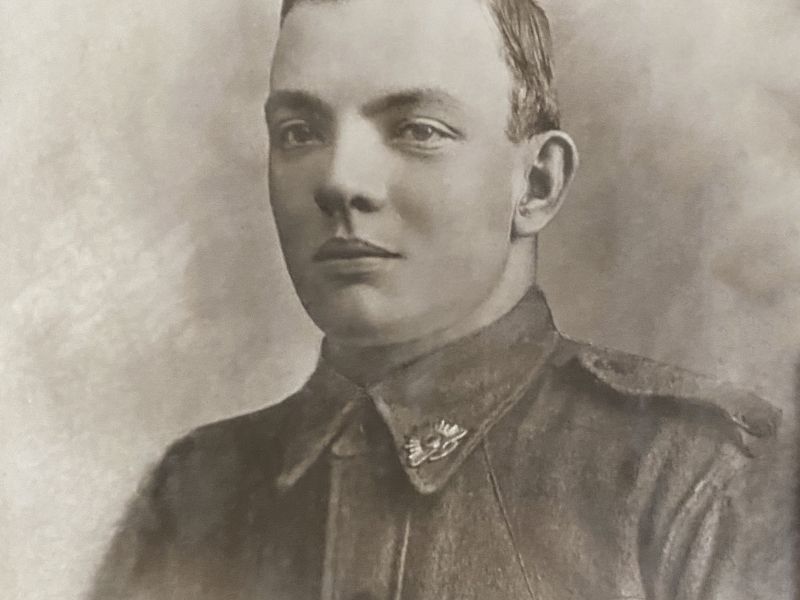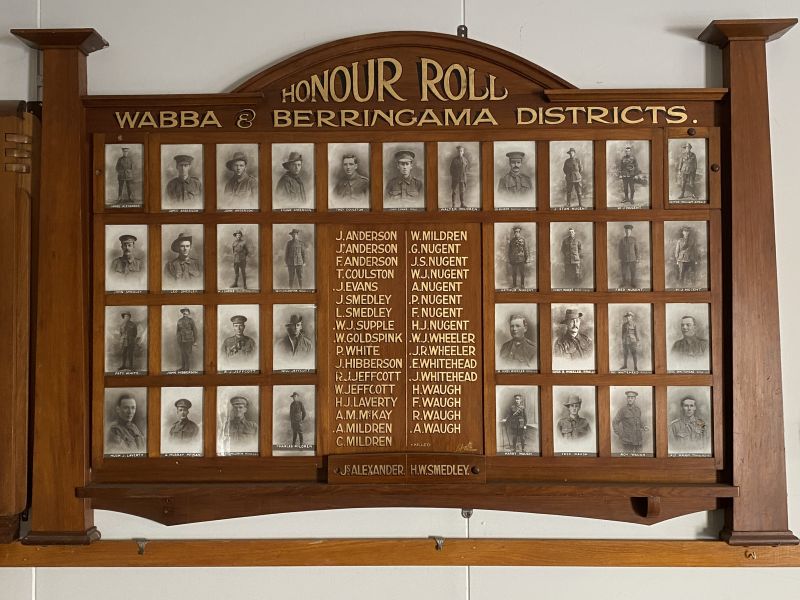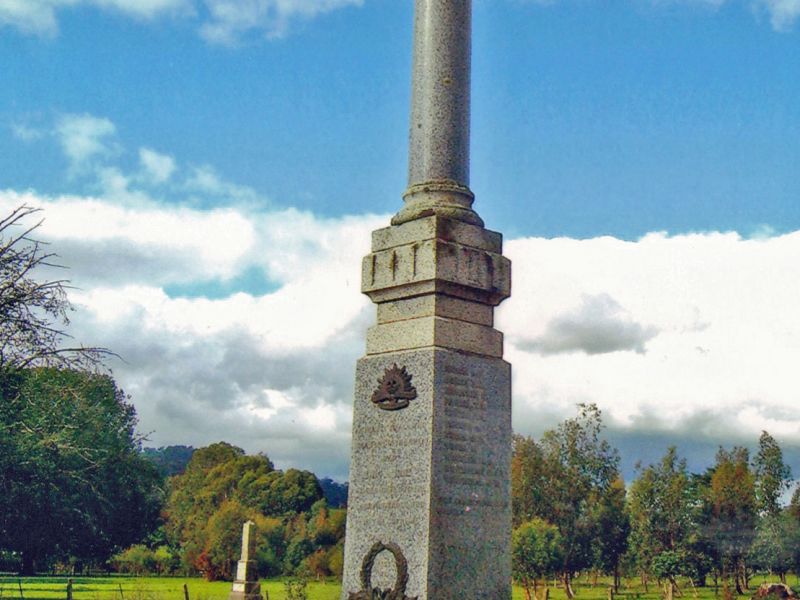John (Jack) Wallace Whitehead
John Wallace Whitehead was born on the 8th of June 1897 at Cudgewa, Victoria. He would be the eldest of five children for David and Rebecca (nẽe Wheeler) Whitehead.
John enlisted at Tallangatta on the 30th of March, 1916, at the age of 18 and 7 months. He was allocated the Regimental Number 1679 and initially became part of the 1st Reinforcements for the 37th Battalion, 1st AIF.
On the 27th of May, John boarded HMAT A11 Ascanius at the Port of Melbourne. He finally reached England almost two months after leaving Australia, disembarking at Plymouth on the 18th of July, 1916. During the next month John would become part of the 2nd Training Battalion, stationed at Larkhill on Salisbury Plain. His time here was spent in training from small platoon sized exercises up to Brigade and Divisional level exercises. September through to December saw John in and out of hospital. He attended the 3rd Australian Auxiliary Hospital at Dartford in Kent, suffering from influenza then a case of the measles. In mid-December he was passed as fit enough to rejoin the 2nd Training Battalion.
In late April of 1917, John proceeded to join the 6th Battalion in France, travelling by boat from Folkestone in England to Etaples in France. Over the next 6 months, the 6th Battalion would undergo many training exercises followed by stints in the front line.
On the 26th of October, 1917, D Company of the 6th Battalion, under the command of Captain Pinney, moved off from their reserve position near Zonnebeke to form up for an attack on German positions along the Passchendaele Ridge. A Company of the 1st AIF normally contained up to 250 men divided into four platoons. At this stage of the 3rd Battle of Ypres, D Company consisted of 80 men reduced to three platoons. In the advance, one platoon was designated to attack, a second to follow in support, and a third to carry materials and act as a reserve.
At zero hour, 0540 hours, an Australian barrage fell approximately 100 metres ahead of the attacking platoon. After a short time, the barrage started to shorten and fell amongst the attacking platoon causing most of their initial casualties, both killed and wounded, including the officer commanding No 13 Platoon, 22 year old Lieutenant Harry Gay from Hawthorn in Victoria. The remnants of the platoon were gathered by CSM (Company Sergeant Major) J. L. Palmer and, along with the supporting platoons, recommenced the advance. Upon reaching their initial objective, which was called Decline Copse, they took possession of an abandoned German 77mm artillery piece. Moving forward, the company came under machine gun and rifle fire, which was dealt with by their own rifle fire. Over 30 prisoners and one machine gun were taken.
Throughout the advance the Australians were met by the fire from German artillery, which seemed to move back and forth along the line of advance. The presence of Australian Engineers helped D Company to fortify the position that they had taken. At 10 that morning the Germans began shelling the position and all attempts to improve the trenches had to cease as the shelling continued until 4:30 in the afternoon. A counterattack by approximately 200 of the enemy developed along the company’s front, but was broken up by Australian rifle and Lewis gun fire.
Confusion along the front resulted in the Canadian forces on the Australian’s left flank retiring, leaving the Australian’s position isolated. It was therefore necessary for the Australians to retire from the front line back to the day’s starting positions.
It was at some time during this day’s actions that John was killed by shellfire. It was unknown whether it was Australian or German. Private W.M. Thomas, of Bendigo, Victoria, provided a witness statement for John’s Red Cross investigation. He stated; “Causality was in the advance at Passchendaele and was taking part in the attack when he was killed. We had nearly got our objective when a high explosive shell landed near casualty and he was killed instantly. I was alongside at the time of his death. I do not know where he was buried”. Private Thomas’ statement was not made until August of 1919. Initially, John was posted as “missing in action”. This was updated to “killed in action” shortly after the battle.
John has no known grave. He is remembered on the Australian War Memorial Roll of Honour, the Menin Gate Memorial in Ypres, Flanders, Belgium, the Wabba and Berringama Districts Pictorial Honour Roll, the Cudgewa War Memorial and the Corryong War Memorial. For his service during the First World War, he was awarded the British War Medal and the Victory Medal.

 Stephen Learmonth
Stephen Learmonth

